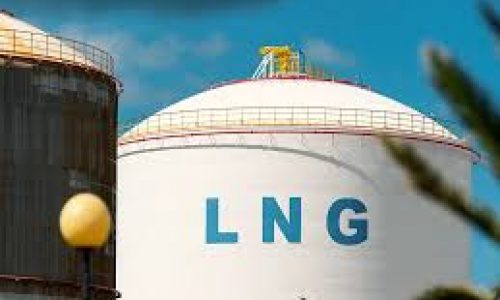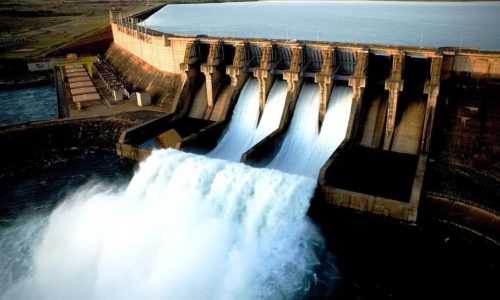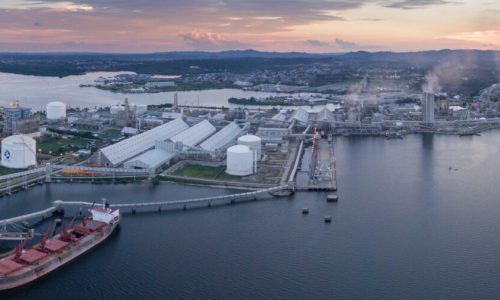A fish processing industry is being develop in Cirebon regency, a place with high potential for fisheries that is known in the international market. The investment is worth IDR 66 billion and the Investment Coordinating Board (BKPM) investment project started since 2020.
The Cirebon regency is situated on the northern coast of West Java province, bordering to Central Java. It is a port city and is well known for fishery industry in the domestic and international markets. The regency had a population of 333,303 in 2020 and a land area of 37.36 square kilometers. The regency is a multicultural mixed of many ethnic groups such as Sundanese, Javanese, Arab and Chinese.
The BKPM is an institution established in 1973 that deals with investment coordinating projects and implementing policies and are responsible for investments in Indonesia. Investment Minister Bahlil Lahadalia has chaired the board since 2021.
Profitable fishery industry
The fish processing industry development project was established in 2020 with an investment worth of IDR 66 billion, an interest rate of return (IRR) of 24.99%, net present value (NPV) of 34.27 billion and a payback period of 3 years.
The project is located in Ambulu village, Losari district in Cirebon regency. It is located about 46.7 kilometers from Cirebon city. The village is known to be a fishing village.
Meanwhile, Head of West Java central bank (BI) office Jeffri Dwi Putra said on June 29, 2022, that the potential of maritime and fisheries sector would also include fishing and fish cultivation as well as food and beverage industry and the development of the existing fishing industry. Fishery commodities in Cirebon also contributed 1.64% for local consumption in West Java.
In addition, Lino Harsih Khaerunnisa, a Finance Business Partner Manager of e-Fishery, explained the potential for providing feedback in utilizing technology, digitalization and the development of the fisheries sector.
Risks in fishing industry
Firstly, according to Director of Logistics of the Ministry of Fisheries and Maritime Affairs’ Directorate General of Strengthening the Competitiveness of Marine and Fishery Products (PDSPKP), Berny A. Subki, there are problems in distribution and transportation in underdeveloped, remote, outermost and border areas (3TP). Secondly, problems in sea toll infrastructure. Thirdly, logistics in freezers.
Subki said optimizing toll road infrastructure in 3TP area was an upmost importance to support the distribution of fisheries in the region. He also acknowledged some fish products should have sustainable cargo and socializing the sea toll infrastructure for fishery business actors are also important that needs to be addressed. While, the limited facilities in 3TP areas such as air blast freezer, freezer storage, ice factory and freezer vehicles are also needed. Furthermore, with the limitations on freezers for the fishing industry and the limitation on facilities and infrastructure at the port could decrease the production rate.
“This step needs to be pursued to support the handling and speed of loading and unloading which is the center of fisheries consolidation. Supported by the addition of plugging facilities for containers at the port,” he said.
According to Subki, without optimal infrastructure and logistics will result in inefficient and uneffective logistical sistem.









